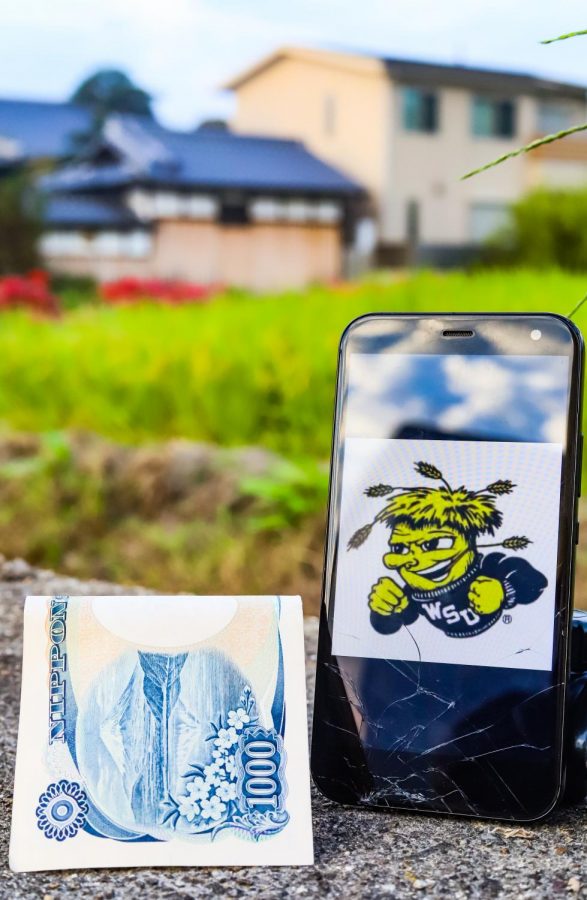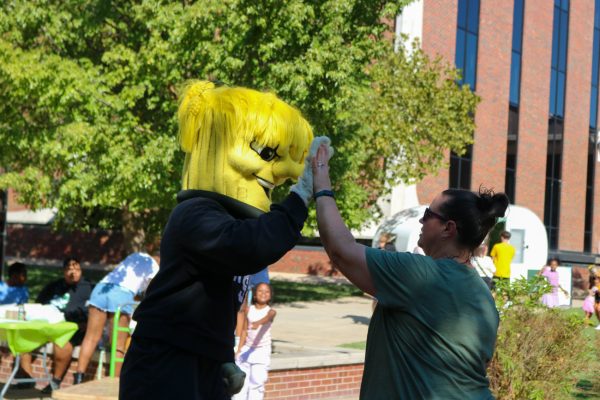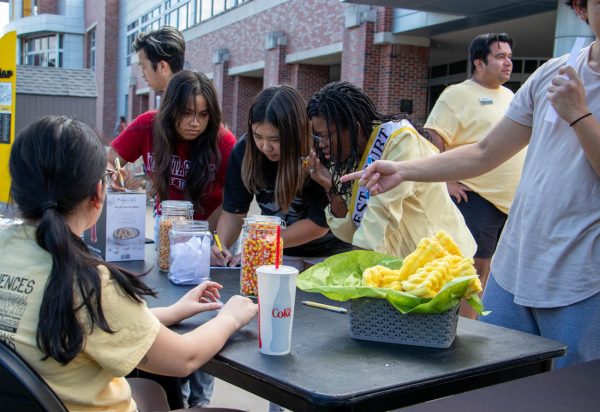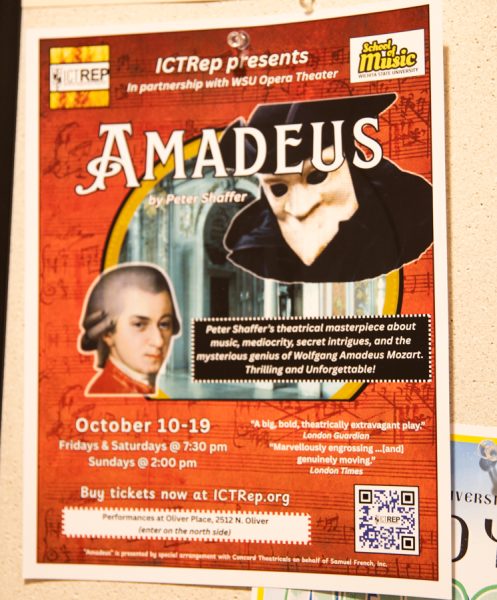Students at WSU’s sister school talk weirdness of Wu
A student’s cell phone and 1,000 yen worth of lunch cash sit nestled among a Katano City rice paddy field. This past Sunday, September 23. Japanese students at WSU sister school Kansai Gaidai University in Osaka, Japan shared their thoughts on what they thought Wu-Shock ooks like.
Let’s face it: WuShock is a weird mascot. People who’ve never seen a Kansas wheat field at harvest time have no idea what our wheat-bearded friend, voted the best mascot in the country last November, really is.
An outsider might not know whether Wu is a “big, bad, muscle-bound bundle of wheat” as the university website describes him, or a wheat shock bundler ready to weather the Kansas dust bowl. Better yet, they might see Wu as a yellow devil, a Pinocchio rip-off or a Hana Barbara folk character of some kind.
For students at Kansai Gaidai University — WSU’s sister college in Hirakata City, Osaka Japan — the symbology of WU isn’t so simple.
Upon looking at a Wu logo for the first time Sunday afternoon, a group of enthusiastic students at Kansai Gaidai gave a wide array of first impressions as to what WSU’s mascot resembles.
Sophomore accounting major Yuki Fujioka initially compared Wu to stocks of rice paddies.
“Its hair looks a bit like odd-colored rice to me,” Yuki said.
Upon further inspection, Yuki noted Wu’s striking similarity to a mythological Japanese folk character.
“Because the nose is so long, the mascot looks a bit like a Japanese Tengu devil,” Yuki said.
In the early era of the Shinto and Buddhist religions, Tengu were black haired, red skinned, long-nosed idols created to serve as harbingers of war and mischief.
Postgraduate Takashi Mizoguchi reacted with a hearty smile and laughter at the image of Wu.
“He looks so much like Spongebob to me,” Takashi said lightheartedly.
Among other responses were comparisons of Wu to Pinocchio and bumble-bees —called mŏnŏhŏnŏbŏchē in Japanese.
Other international students chimed in on the WuShock symbology debate.
Of those interviewed, Finland native and tourism technologies major Sara Kauppinen came the closest to identifying Wu’s true origins.
Kauppinen reacted with curiosity, admitting that Wu’s yellow wheat stock hair makes him look like bails of hay — called stooks in Finnish.
“[WuShock] reminds me of when in the old times hay was cut and gathered on wooden poles to dry,” Kauppinen said.
She reflected on how farming culture isn’t as common as it used to be back in her home city of Lahti. Kauppinen said Wu reminded her of being a kid and taking in the hay stooks of rural Finland.
“It’s still possible to see those in rural areas in the Summertime,” Kauppinen said. “Although they are not very common anymore.”
In the end, students attending WSU’s sister school in Hirakata, Japan proved that there are always numerous ways to look at new things. Symbols, characters, weird vocabulary nuances — all are up to interpretation and unique understandings from varied, at times clashing, yet equally valuable perspectives.
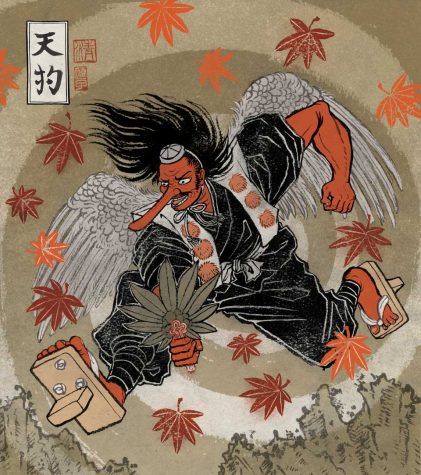
Tengu: The Japanese folk character Tengu, which in terms of bulbous nose length and wild appearance does seem to resemble Wu, was made famous by followers of Shinto and Buddhism after the latter arrived from China in the sixth century A.D.



